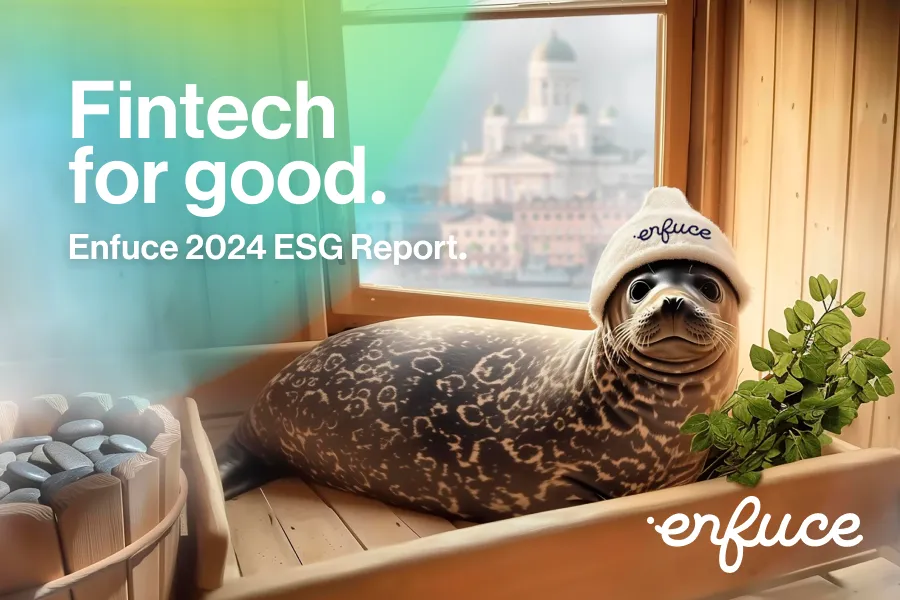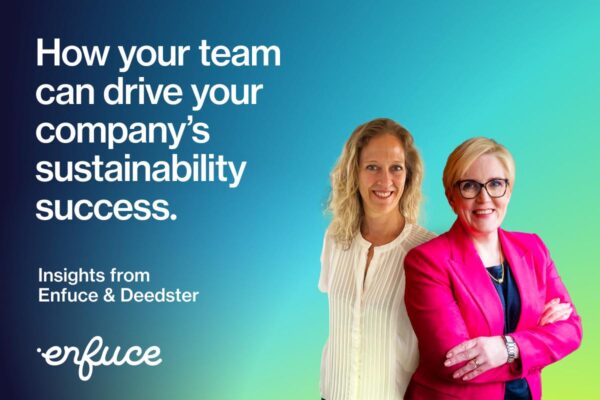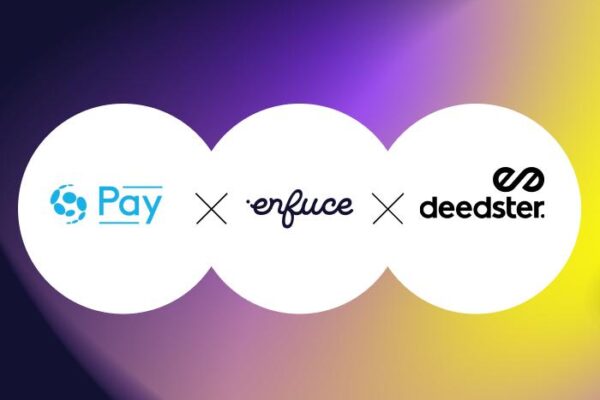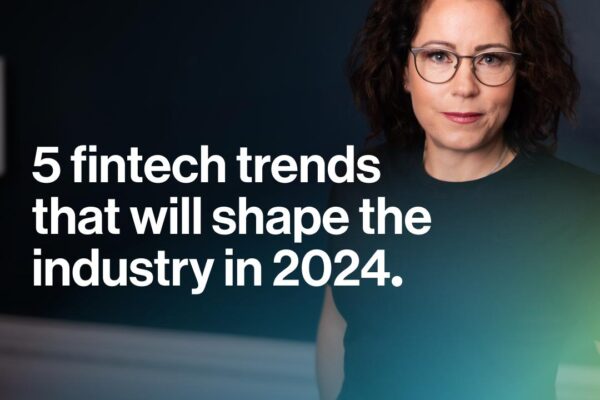ESG with a Nordic touch - an authentically Enfuce approach
Whether it’s through promoting financial inclusion for Ukrainian refugees, signing up to the Climate Pledge, or combatting human trafficking - here at Enfuce, ESG isn’t just a commitment, it’s our genuine passion.
Download Enfuce's 2024 ESG reportESG at Enfuce: Taking Responsibility for a Better Tomorrow
Environmental, Social, and Governance (ESG) defines how businesses like Enfuce can create sustainable, ethical, and transparent operations. It’s not just a buzzword; it’s a responsibility we embrace to inspire action and foster positive change.
Our yearly ESG Reports showcase our commitment, including offsetting carbon emissions with Lune Climate Ltd and supporting United Nations Sustainable Development Goals (SDGs). A key focus is SDG 16, where we challenge the payment industry to eliminate risks of human trafficking, money laundering, and terrorist financing in payment systems.
In 2023, we launched Everyone Should Give a Damn, engaging stakeholders on sustainability, inclusion, and equality. Through our podcast, In the Hot Seat, and as part of the UN Global Compact’s SDG Ambition programme, we’re deepening our efforts to embed ESG into our operations and improve continually.
At Enfuce, ESG is a call to action—our way of building a better future for all.
Watch our ESG series!
At Enfuce, ESG is more than a buzzword: it’s a call to action. It’s about walking the talk when it comes to our environmental, social, and governance initiatives.
This is why we’re launching “Everyone Should Give a Damn,” our brand new series led by Co-Founder and Co-CEO Monika Liikamaa.
Strong network of trusted ESG partners
Industry recognition for our ESG initiatives
Download the 2024 ESG report from Enfuce
We believe business can be a force for good. Explore how we’re turning that belief into action in our 2024 ESG Report.
Download the report












